Learning rate and momentum
Introduction to Deep Learning with PyTorch

Jasmin Ludolf
Senior Data Science Content Developer, DataCamp
Updating weights with SGD
- Training a neural network = solving an optimization problem.
Stochastic Gradient Descent (SGD) optimizer
sgd = optim.SGD(model.parameters(), lr=0.01, momentum=0.95)
- Two arguments:
- learning rate: controls the step size
- momentum: adds inertia to avoid getting stuck
Impact of the learning rate: optimal learning rate

- Step size decreases near zero as the gradient gets smaller
Impact of the learning rate: small learning rate

Impact of the learning rate: high learning rate
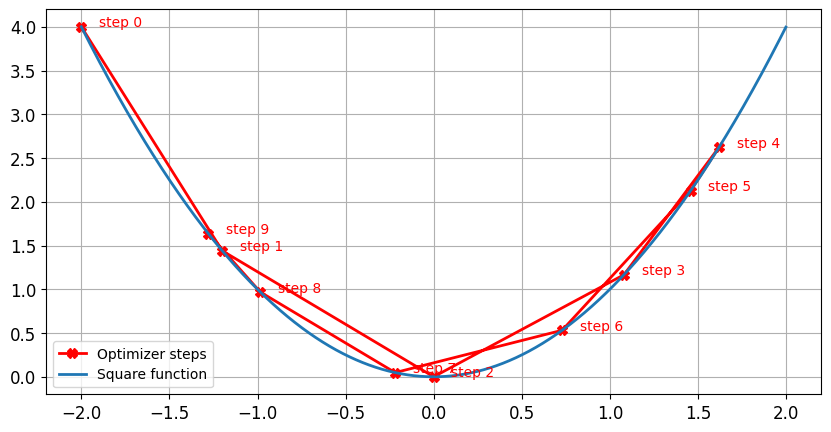
Convex and non-convex functions
This is a convex function.
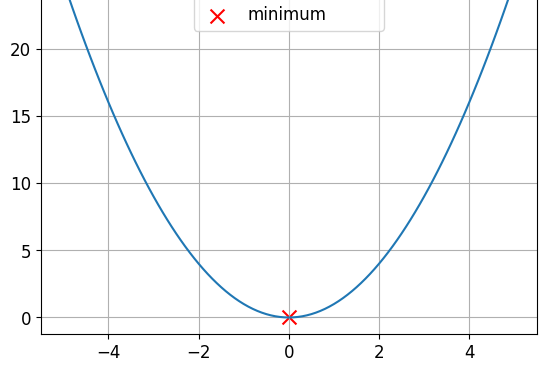
This is a non-convex function.
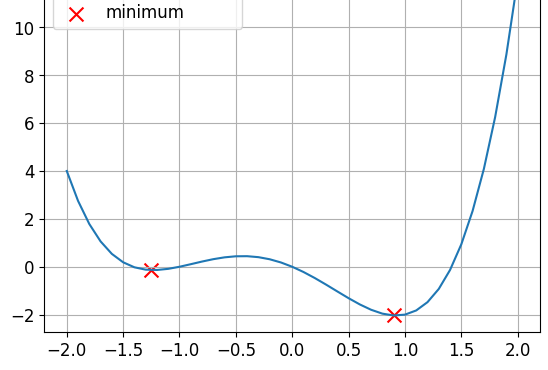
- Loss functions are non-convex
Without momentum
lr = 0.01momentum = 0, after 100 steps minimum found forx = -1.23andy = -0.14
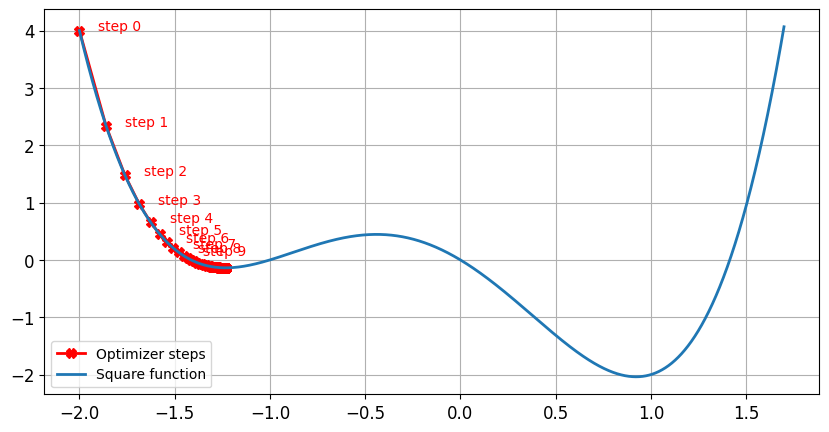
With momentum
lr = 0.01momentum = 0.9, after 100 steps minimum found forx = 0.92andy = -2.04
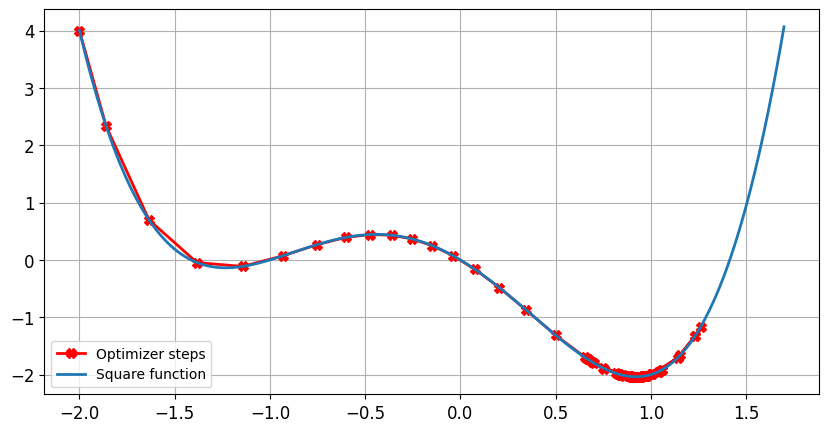
Summary
$$
| Learning Rate | Momentum |
|---|---|
| Controls the step size | Controls the inertia |
| Too high → poor performance | Helps escape local minimum |
| Too low → slow training | Too small → optimizer gets stuck |
| Typical range: 0.01 ($10^{-2}$) and 0.0001 ($10^{-4}$) | Typical range: 0.85 to 0.99 |
Let's practice!
Introduction to Deep Learning with PyTorch

